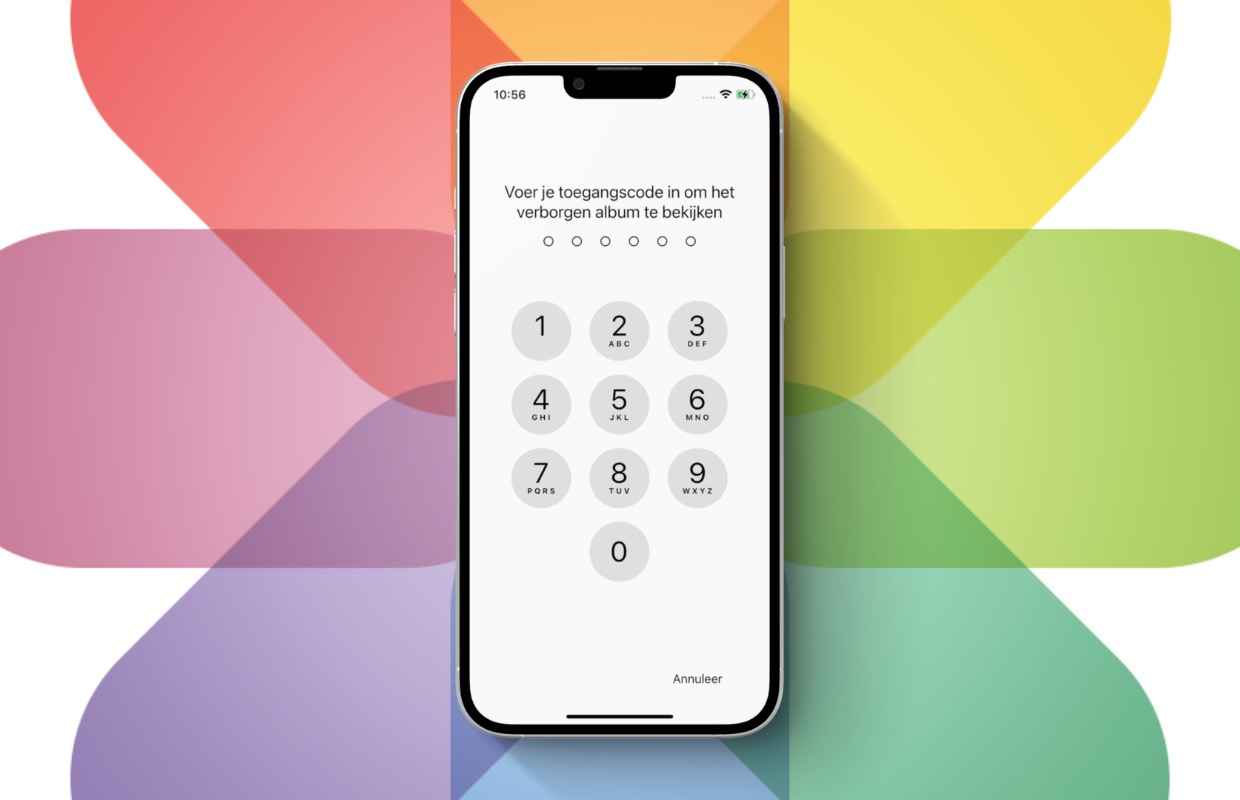how much iCloud storage do I need on my iPhone?
Every owner with iCloud gets 5GB of cloud storage by default. You may have noticed it already, but that will soon no longer be enough. How much iCloud storage do you need for your iPhone or iPad? In this tip, we’ll show you which option suits you best!
Read on after the ad.
How much iCloud storage do I need?
iCloud (or iCloud+) is an essential part of iOS and lets you store important data (like your photos, backups of your Apple devices, files and more) in the cloud. To get you started, Apple gives every user 5GB of iCloud storage for free.
In addition to the free 5GB plan, you have three options to expand your iCloud storage. These are:
Do you only have an iPhone and do you not use the various Cloud functions much? Do you store large files and photos with other services (such as Dropbox and Google Photos)? Then the free plan of 5GB is probably sufficient. Backups, which save all important data from your iPhone, can easily be stored in the free subscription. You do have to keep an eye on which apps are eating more of your iCloud storage.
50GB storage in iCloud
Do you want to store photos and files in iCloud and don’t want to worry about the amount of free cloud storage? Then you quickly have to switch to 50GB storage. For 0.99 euros per month you get ten times as much storage and that is more than enough for most users. By the way: if you notice afterwards that you don’t need the extra space, it is always possible to cancel your subscription downgrade and return to the 5 GB plan. So you never have to be afraid to pay too much.
→ Here’s how to downgrade or buy iCloud storage

200GB or 2TB: for large consumers
Do you have multiple Apple devices, such as an iPhone, iPad and Mac(Book) and do you want to back them all up regularly? Then you probably don’t have enough with the paid 50 GB. Perhaps a larger subscription is interesting. Especially if you also use iCloud to store all your files. You will probably have enough with 200GB.
If you are a real heavy user and plan to store a lot of (media) files in the cloud, then the 2TB subscription is worth it. You pay a little more, but after that you never have to worry about the amount of storage in the iCloud.

How can I buy iCloud storage?
As you can see, Apple has several subscriptions, each with their own amount of iCloud storage. Good to know is that you can share the 50GB, 200GB and 2TB subscription with your family. This means that the total amount of storage is used by several people, but everyone has their own iCloud account and private storage. Individual members may always purchase additional storage.
To switch to an iCloud subscription with more storage, you have to dive into the settings of your iPhone.
Change iCloud plan and amount of storage
- Open ‘Settings’ and tap on your ‘Apple ID/name’;
- Then choose ‘iCloud > Manage storage’;
- Go to ‘Change storage plan’ and you will be presented with the upgrade and downgrade options.

Alternatives to iCloud
It could also be that you prefer not to spend extra money on iCloud storage, or you already use other services. Dropbox or Google Drive are popular services for storing your data in the cloud.
With a free Dropbox account you receive 2GB of storage, with Google Drive that is 15GB. If you have a huge collection of photos, you should check out the Google Photos app. You can store a large amount of photos and videos in it, which saves you a lot of space in iCloud.
Also read: cloud storage for your files, 4 alternatives to iCloud
Looking for more helpful iPhone tips?
Want more tips about iCloud and iPhone, iPad, or Mac? Then download the iPhoned app and sign up for the free newsletter. Also follow us on Facebook and Instagram. Then you will receive the latest tips immediately.


